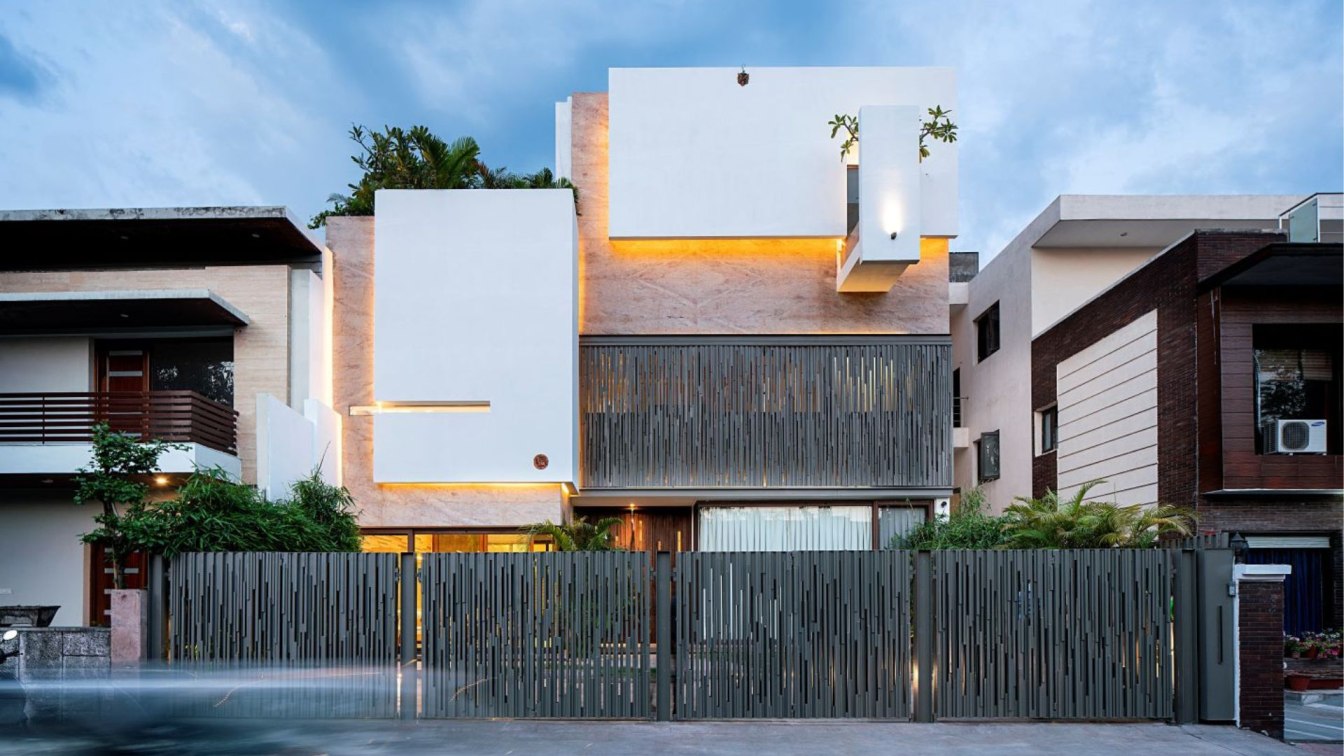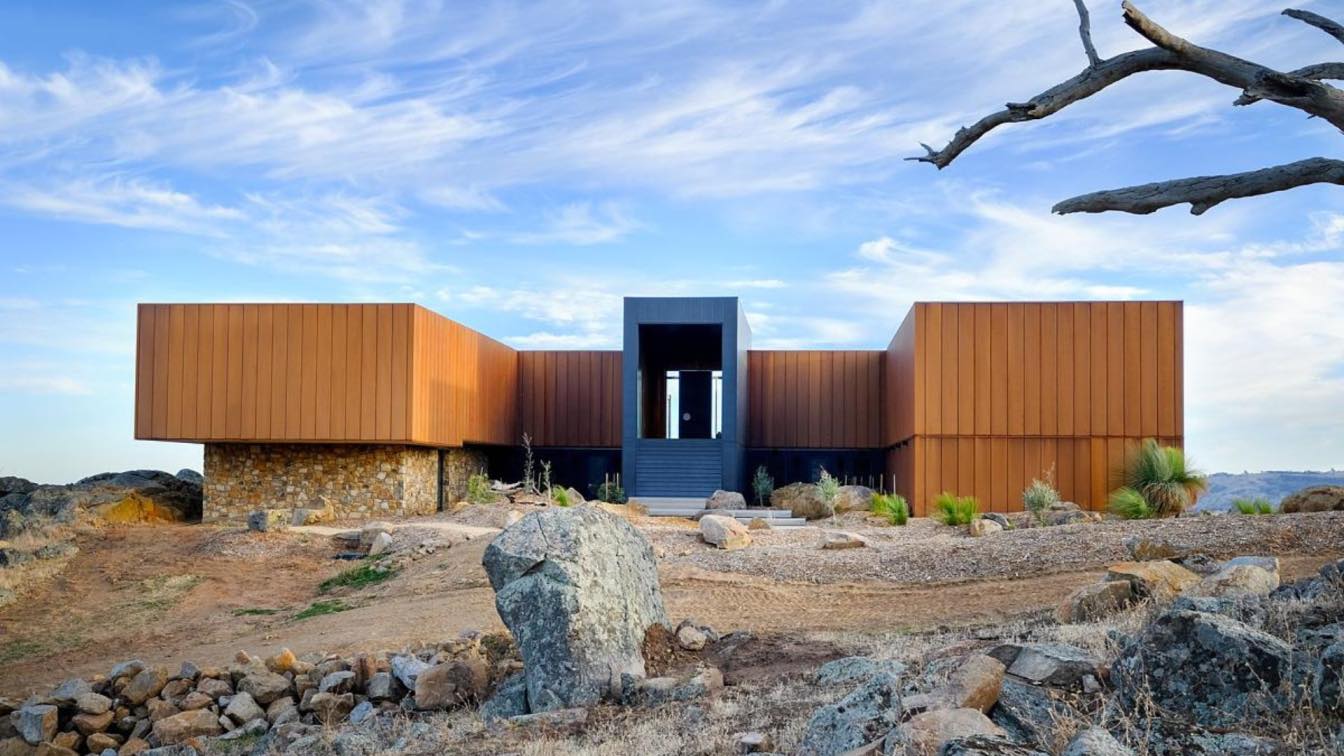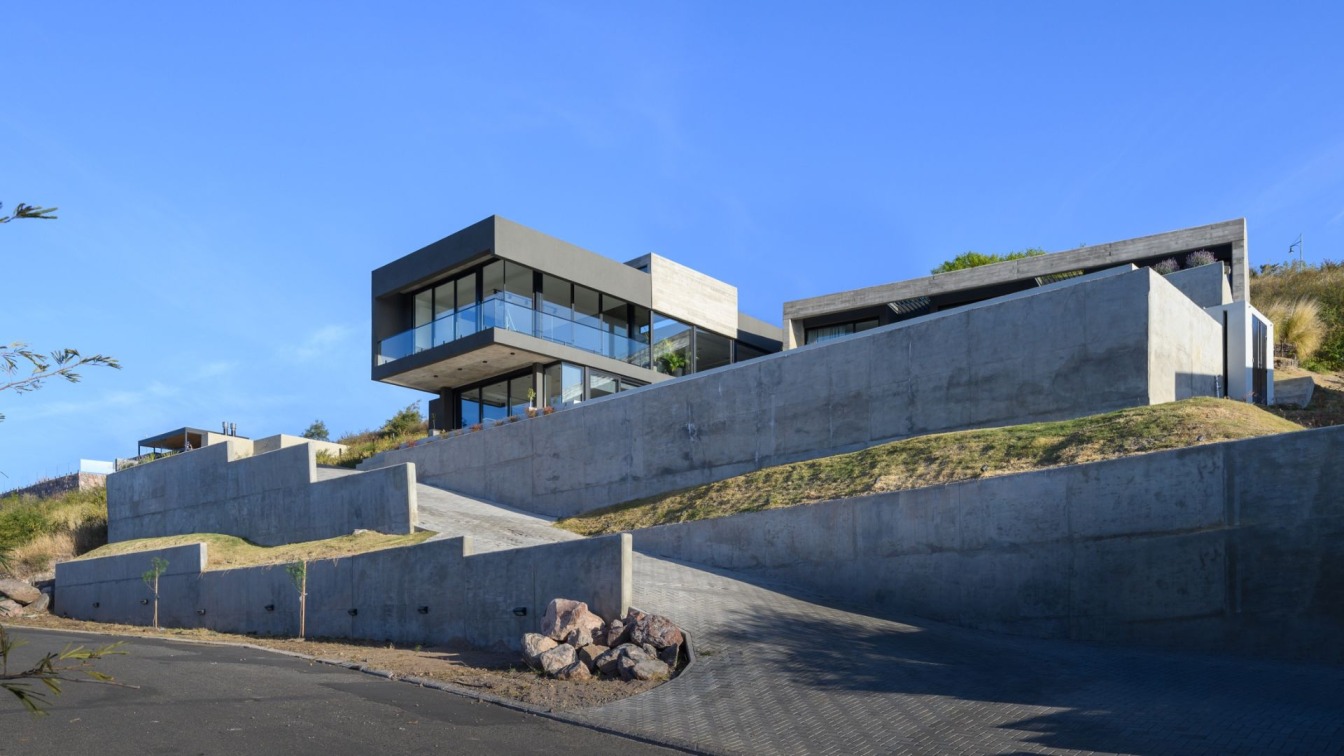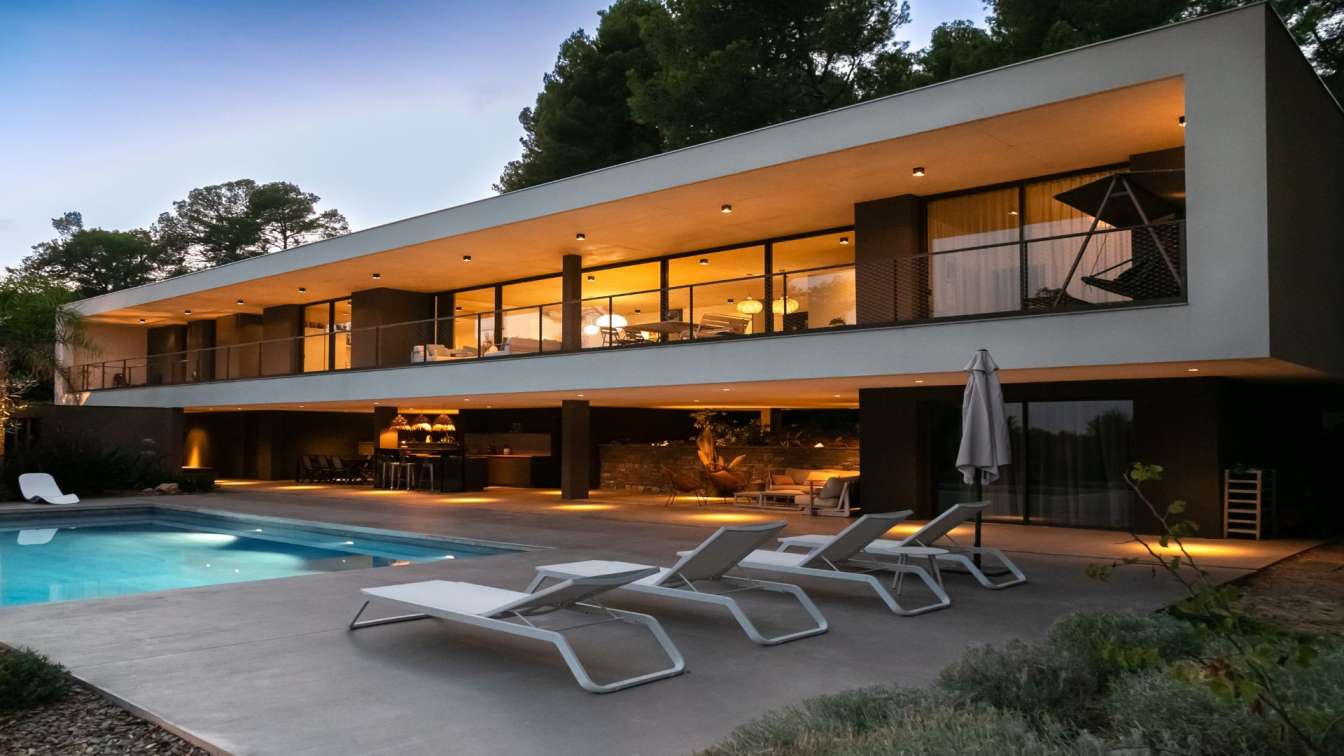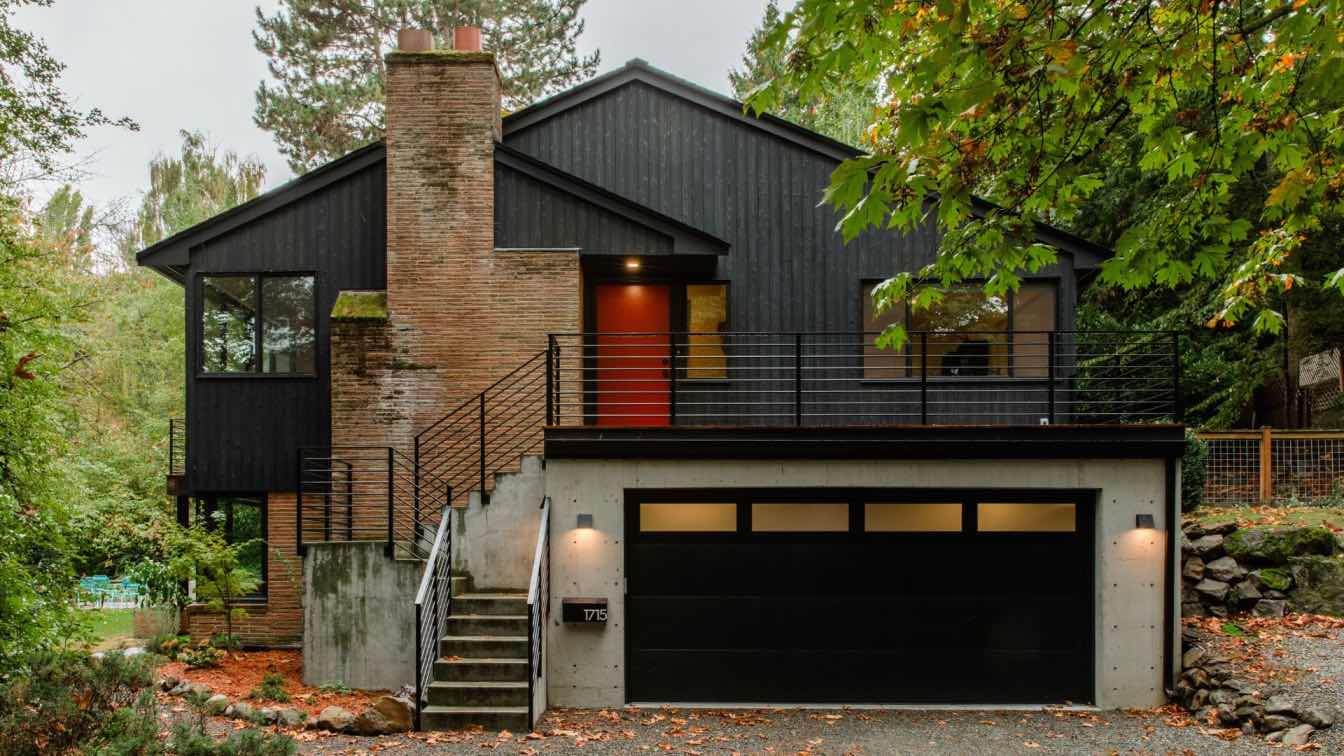Location: The project is located in Panchkula (Haryana), a satellite town of Chandigarh. Chandigarh is a city designed by Le Corbusier and located 250 km from New Delhi.
Site: The site is a row house plot located adjacent to one of the internal sector roads of Panchkula, facing a busy street and a school building, which does not provide for a pleasant view.
Site Area: 300 sq mt F.A.R –1.3
Brief: To design a house for a large family of 9, consisting of two couples and 5 children in their teens, along with an area for domestic help was required.
Concept: The concept of the project evolved from a close analysis of the family setups of large Indian families in the urban context and thus strives for the perfect balance between private and public spaces as well as the interrelation between generations.

Planning
The house is designed around a courtyard with the public spaces overlooking it. The varied scale of public and private spaces and their different interactions with the outdoors was a central idea of this project. The public spaces were expanded volumetrically to emphasize their importance as congregational spaces. The concept of cross-axes has been employed in this project as well, an approach often adopted for smaller houses.
The entrance is situated at the beginning of the vertical axis, which allows for continuous visual connection throughout the house, all the way to the backyard. The horizontal axis holds the circulation spaces, with the staircase imitating amphitheater seats, overlooking the courtyard.
The functions are divided as per floor: ground for the common spaces, first for the couples and second for the children. The ground floor holds the living spaces, a courtyard with a water body, a guest bedroom, kitchen and dining spaces, central lobby and the staircase. The first floor holds two bedrooms for the couples with their attached toilets and dressers. These bedrooms overlook the central space through jharokha-like openings with shutters, as in the ancient Indian havelis. The second floor houses two bedrooms– one for two boys and the other for three girls, each with its own terrace garden.

The idea was to create a personal, segregated zone for the youngsters. These rooms open onto secluded terrace gardens instead of balconies that overlook the road and the school building in the front and houses at the rear. The area for domestic help is also situated on this level, with a separate staircase access provided from the rear court.
Another important aspect of the design was to resolve the parking issue prevalent on the street. Almost all homeowners in the neighborhood own at least three cars that are parked on the street. The clients own four cars and the attempt was to have them contribute to the street traffic. This was resolved by an amorphous boundary wall that had foldable extensions so that all cars could be parked within the boundaries of the house.
2. Environmental Concern
The main strategy is to cut down the thermal intake of the house. Since the residence is a row house plot, the longer edges are common to neighboring residences and the shorter edges form the front and rear facades, facing West and East respectively. Hence, to cut down the harsh West sun, a specific metal jaali pattern was designed to allow in diffused light. The terrace gardens on the second floor help reduce the thermal mass of the structure, reducing heat gains and keeping the living spaces cool.

The central courtyard and water body allow cool winds to be channelized through the house. The courtyard wall is designed so as to not allow the direct summer sun to enter the ground floor living spaces. The double height spaces and the stairwell provide ventilation to the whole house through a stack effect. The skylight above the stairwell allows diffused light to enter while accommodating vents to throw out hot air. The top floor bedrooms open onto North-facing terrace gardens which block the harsh sun from entering.
3. Materials
The project was designed keeping in mind the prevalent construction practices and locally available materials. Composite R.C.C and local brick have been used, and the overall material palette is limited to only white marble and Sivakasi gold granite along with simple white painted surfaces.
















